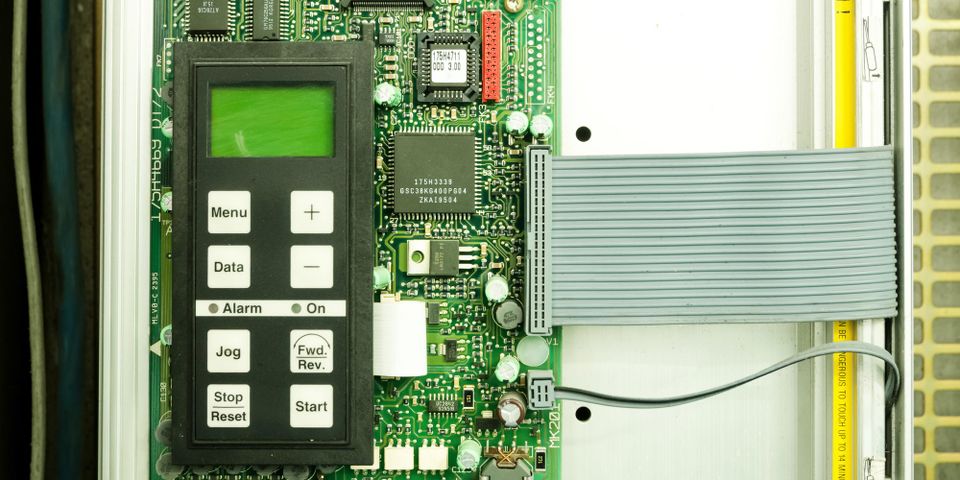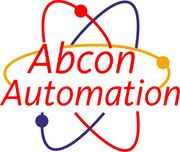
If you’re new to electrical automation, you might not be familiar with variable frequency drives (VFDs). These devices power much of the world today and are extremely useful in a variety of industries. Here’s a simple guide to variable frequency drives.
What They Are & How They Work
In 1888, Nicola Tesla patented the three-phase induction motor. It revolutionized the electrical automation industry, but there was one problem: It could only run at one speed. This made it harder to use and limited its applications. Luckily, in the 1980s, variable frequency drives were developed.
A variable frequency drive allows an electrical motor to run at different speeds. It does this by limiting the frequency and voltage supply. The higher the frequency, the faster the motor rotates and runs. You might have heard a variable frequency drive called an AC drive, inverter, adjustable frequency drive, or many other names.
This device is used in everything from small appliances to industrial settings and large motors in factories. A variable frequency drive should be a vital part of your electrical automation system.
Why You Should Use a VFD
 A variable frequency drive allows your motor to operate at different speeds throughout the day. When demand is high, it can operate faster but slow down when demand is low. Over time, this can save a great deal of electricity and money.
A variable frequency drive allows your motor to operate at different speeds throughout the day. When demand is high, it can operate faster but slow down when demand is low. Over time, this can save a great deal of electricity and money.
In addition, you’ll decrease the wear and tear on your electrical automation machinery. This will make your equipment last longer, and you won’t have to deal with delayed production times due to extra maintenance. VFDs also run smoother, which can eliminate errors and cause your production to run easier.
If you’re considering switching to a variable frequency drive or want to improve your business’s electrical automation, contact the experts at Abcon Automation in Fairfield, OH. They’ve been using their extensive knowledge to help businesses evolve for over 30 years. They offer complete design, building, installation, and maintenance services, and they’ll walk you through the process every step of the way. Visit their website for more information about their services, or call (513) 851-7572 to schedule a consultation.
About the Business
Have a question? Ask the experts!
Send your question

